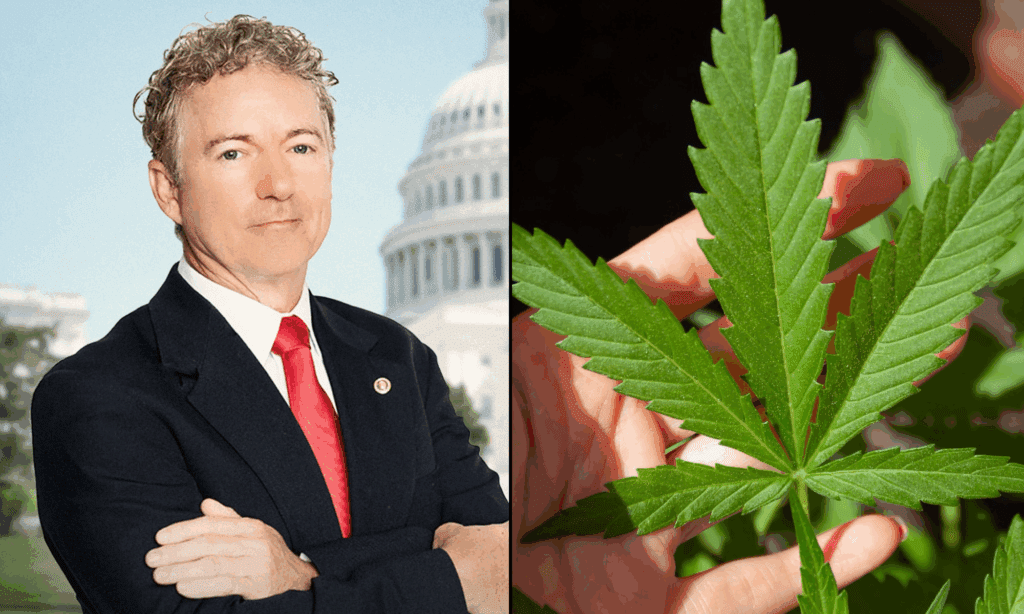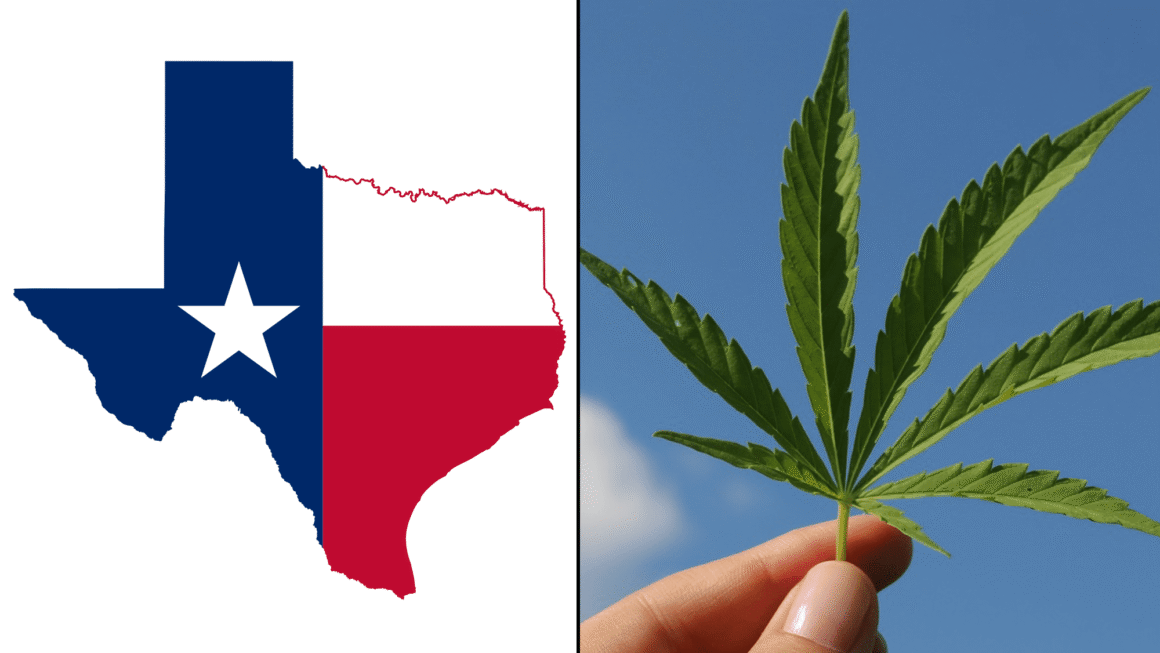I’ve been getting high on and off since sixth grade. Two decades later, after a lot of inner work, one thing hasn’t changed: weed gives me paranoia.
I’ll admit it—cannabis has never been easy for me. More often than not, it brings on a heavy sense of doom, like the world’s eyes are fixed on me. And yet I’ve always felt drawn to the plant, curious about its role in culture and eager to connect with others through it.
That curiosity grew into something larger: a need to understand cannabis in places where it’s both sacred and forbidden. In India, cannabis is offered to Shiva, woven into festivals like Holi and Navratri, yet criminalized in everyday life. That contradiction gnawed at me.
So I set out with a simple question: how do I score some weed and see where I stand with it now? I didn’t expect that search to turn into a deeper investigation—not just into my own paranoia, but into the strange paradox of cannabis in India itself.
Darshans in the South
I set out to the streets of Bangalore with the query burning hot. Almost everyone I asked—cigarette shop owners, autorickshaw drivers, street food vendors, even a drunk reveler or two—gave the same answer: no. Sometimes the “no” came with a warning to watch out for pigs sniffing around for easy busts and a thicker buck. Most looked at me wide-eyed, startled that I’d ask so openly.
Shiva is worshipped everywhere here, yet cannabis is cast as a villain in the Indian South. Each time I heard a “no,” I turned it into a conversation—asking why they thought cannabis was criminalized, whether it had always been this way, and what role the police played in keeping it that way.
The closest I got to a clear answer was this: for those who don’t use intoxicants, cannabis is seen as risky and dangerous. For those sympathetic to the plant, the picture looked different—a racket to prop up alcohol sales and a way for police to bust curious kids who just want to blaze.
In Bangalore—and South India more broadly—the closest I came to actually finding weed was through the hijras, members of a centuries-old third-gender community in South Asia, often living on the margins of society. My questions about legality didn’t yield much substance, but I did nearly land a source willing to supply me with some green.
A couple of my hijra friends were making their rounds, offering blessings in exchange for money—a survival tactic in a society that leaves them few options for income.
As we talked—me puffing on a cheap one-cent cigarette—I asked them about weed in the city. Both wore saris, faces painted and bright. When I stopped to ask for more than blessings or spare change, they looked surprised, almost caught off guard. One, clad in deep red, gestured toward the bolder of the two, dressed in a fluorescent yellow sari, and with a nod, she said yes.
Just as I was about to get the details of a man who could sell me weed, I slipped and mentioned I was on a personal journalistic quest. That was the end of it. No matter how much I explained that it was for my own experience, for cultural commentary, that their names would never appear, they refused. “We don’t want anything to do with a journalist,” they said, leaving me in the lurch.

The Quest Continues
Determined not to give up, I kept roaming Bangalore asking about the politics of criminalization—why a plant praised in Ayurvedic texts as sacrament was treated as contraband.
A few weeks later, in early February, I landed in Hampi, the so-called “hippie hive,” where the plant finally found me. A couple, fresh off an all-day acid initiation, shared the dregs of their hash joint. As they came down, I recited Yehuda Halevi’s “’Tis a Fearful Thing.” The woman, tattooed with an alligator on her bicep, seemed to take a liking to me. Whatever the truth, the pot was incredible—getting high with a river rushing past my bed as I finally lay down was pure bliss after a long day.
Hampi itself was a trip. From swigging straight vodka on the street to eating opium that cracked open old pain, it was a third-eye opener. For all its reputation as a spiritual haven, it felt more like a hippie Black Mirror episode—everyone glued to their screens, clustered in cliques. Still, one night I was pulled into a Russian rooftop concert and danced hard to music I didn’t understand but absolutely loved. Maybe that was the real gift: the chance to dance.
Most of the so-called hippies shrugged off cannabis prohibition. To them, it was just a sloppy police racket, an easy way to make money—nothing I hadn’t already heard in Bangalore. What struck me wasn’t the theory but the resignation, the sense that this was simply how things are. And it left me wondering: should these travelers, many not even Indian citizens, really be the ones pushing for legalization? Or are they only here to chill, smoke, and move on?
Northern Tripping
Fast forward to the end of February, and I found myself in Delhi, compass facing north. Here, the attitude with weed is way more lax and there’s even the odd user blazing right out in the streets—boldly, perhaps, at that. It’s here that I become determined to acquaint myself afresh with Mary J.
I remembered a thread from a year earlier: a tea-shop vendor had once tipped me off about a clandestine shop. I retraced my steps down the same back alley, only to find the shop shuttered and crumbling. A general store owner across the way filled me in:
“Oh, that man? He was selling ganja, d’you know? Everyone in the neighborhood got together and kicked him out permanently.”
Weed, I learned, was seen as a gateway drug — the community had made him a scapegoat in their private War on Drugs.
Not discouraged, I checked back with the tea vendor. This time, he had a new lead. If you start from the metro station near DLF Phase 3 in Gurgaon, wind through alleys and dusty backroads, you’ll come to a shop that sells meat masalas. Hardly anyone buys the spices—people come for the cheap booze and the weed.
Getting there was its own trip. A rattling TVS XL 100 ride, a nervous go-between, and finally the weed-hawker bellowing my name to confirm me off a caller ID app. My paranoia spiked—especially when I realized the “store” was right next to a police station. First-timers often get shooed away, but if you linger, the deal happens.
I spent the next three days barely leaving bed, smoking joint after joint. The first half of my journey was complete.
Further North
By June, I was back in Delhi, a little looser on the journalistic side of my quest—I’d already struck gold once. One thing was clear: in Delhi, and in much of North India, weed isn’t vilified the way it is in the South. It’s frowned upon, sure, perhaps almost on an equal footing with the drink.
With Delhi’s summer heat in full blaze, I made a spur-of-the-moment trip to Kainchi Dham, the ashram of Neem Karoli Baba. There, and in the hills of Uttarakhand more broadly, I found the most open and liberal use of hashish in my whole nine-month foray.
After visiting the temple, joyous tears still fresh on my cheeks, I skipped the buses and tried hitchhiking. Luck struck not too long after and I found myself on the back of a photographer’s old Bajaj Avenger. A cloud literally passes the hill we’re driving through and we decide to take a “quick” 2-hour pit-stop. Bhumi and his two other pals, who’re on a scooter, broke out the charas, or hashish and rolled them in bidis, a cheap local cigar rolled inside a betel leaf, and we lit them up.
We keep lighting them up one after the other—I stop at the third, they go on till joint number seven; I didn’t get around to discussing the politics of the plant. Here, instead, I listen to stories, laugh a lot, and enjoy the high. It is here that the Avenger decided she had had enough of our antics and broke down. Yet at length, the Goddess blesses us with a safe journey back to the interstate bus terminal, and my safar, my journey to the northern climes, appears complete.
On the crowded ride back to Anand Vihar, I met Rohit — a lay Shaivite-Aghori who followed the left-hand path to God, using poisons and taboos in search of liberation. He biked me the 25 miles home to Gurgaon, and along the way we talked: Shiva, weed, gurus, tea, prostitution, even the loneliness of gods who are always petitioned but never asked how they’re doing. By the end, we felt like soul brothers, a bond that didn’t need tending.
Near my home, there’s a dhaba, something akin to an eatery for truckers. Here, we revel in our new friendship by blazing a thick, fat t-rex finger joint Rohit rolls and we can’t even smoke it till it’s half-finished. Halfway through, paranoia crept back—smoking so publicly after the darshan at Kainchi Dham, where the path was littered with pilgrim waste, left me uneasy. Still, I ended the 36-hour blur with a long bath, marveling at how much had unfolded in such a short span.
The State of Cannabis in India
Cannabis was legal in India until the late 1960s, when a mix of Western influence, the influx of hippie travelers, pressure from the alcohol lobby, and America’s failed War on Drugs helped push it underground. It’s a pity—India has one of the longest continuous cultural relationships with the plant, with festivals and rituals built around its sacred use.
Part of the logic of cannabis here ties back to tantra: transgressing social norms to stoke an inner fire for liberation. Indian society, though rigid, reveres those who succeed in this—which is why sadhus in their ochre robes can still be seen smoking freely, or freely enough. The idea is simple: you give something up to gain something greater.
However, the medicinal effects, and even the recreational potential of weed are completely lost when formality is used as a guise to harbour ill-will, not to mention the desire to make a quick buck from kids only looking to get high, or get relief. Is it not unfair that these same kids easily get their hands on the drink at any booze shop?
Up till the mass seasonal influx of hippies in the late ‘60s, weed was legal. But the annual mass exodus from the West and a lot of other factors, such as political pressure, I suspect, from alcohol hawkers and America’s failed War on Drugs, must have been grounds for criminalization.
As the West moves toward more rational drug policies, it seems inevitable that India will follow. With its history, its rituals, and its saints, cannabis legalization here would be less an import than a return to roots.
Burning Up to a Conclusion
What would legalization mean for India’s cannabis scene? Time alone will tell, but I suspect tourism will shoot up, and for a time, alcohol sales may dip, as with the novelty of a new state of affairs, what with the various strains that I’m sure show up with legalization and their novel highs.
Then, after the hype is over, everything will level off, and the medicine we desperately need, us facing chronic pain, insomnia, and a plethora of other illnesses, will begin to filter in and—my hope is—aim toward a sane drug policy.
Too often, psychiatrists and politicians alike scapegoat cannabis, brushing deeper crises under the carpet. Middle-class society here is fraying under Westernized notions of “progress” — polluted rivers, widening wealth gaps, and a surge in mental health emergencies.
Yes, discernment is requisite here—Alan Watts called it “the Los-Angelesification of the world”—no matter where you travel, you’ll just arrive at another replica of Los Angeles. All this manifests itself as a rising frequency of mental health emergencies in India.
All I can say is stop blaming the drugs and the plants—and stop saving an economy not worth saving. Maybe cannabis can be a part of the solution.
This article is from an external, unpaid contributor. It does not represent High Times’ reporting and has not been edited for content or accuracy.





